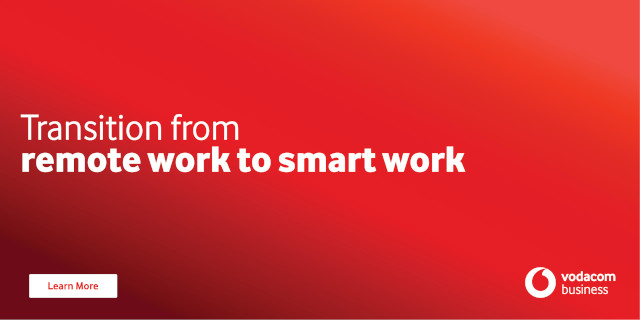Business News sponsored by Vodacom Transformation of Work:
Electricity Minister Kgosientsho Ramokgopa recently announced that South Africans experienced 600 hours less load shedding over the past three months than they did in the same period last year. And while this has been welcomed, the threat of load shedding still persists with varying levels expected over the course of 2024. In response, a growing number of South Africans are turning to rooftop solar to mitigate the impacts. However, microgrids could emerge as an augmented solution to address the country’s ongoing energy challenges.
Dr Andrew Dickson, Engineering Executive at CBI-electric: low voltage, explains that microgrids operate on the fundamental principle of bringing power generation to the point of consumption, providing communities with autonomy over their energy needs. “They are decentralised power systems that generate and distribute electricity locally, serving specific communities or individual facilities, such as university campuses, hospital complexes, business centres, or gated communities.”
“Microgrids can be islanded, meaning that it can be disconnected from the national grid, operating autonomously, with power typically being produced from renewable sources like rooftop solar and small-scale wind turbines,” he adds. “If necessary, they can remain connected to the grid to draw power if it is required, but the primary goal is to enhance energy resilience, reduce dependence on the grid, and empower communities to manage their energy resources efficiently. Microgrids, therefore, have the potential to mitigate the impact of load shedding while also enhancing energy security.”
Leveraging community resources
There has been some success with a partial hybrid microgrid solution particularly in environments such as sectional title properties or gated communities. Dr Dickson notes their ability to leverage roof space, generate significant power, and accommodate large-scale batteries. He envisions that the next step would be to make these systems completely independent, whereafter the concept could be expanded to larger areas, such as blocks within a neighbourhood.
“In smaller, close-knit communities, the integration of a microgrid system connected to the main distribution transformer rooms is already being explored,” he points out. “These community-driven microgrids foster collaboration, allowing residents to share, sell, and optimise their renewable energy resources.”
As such, microgrids have the potential to help alleviate the impact of load shedding in South Africa, Dr Dickson asserts. "By creating microgrids within residential and commercial areas, we can form 'islands' that connect to the main grid but are also capable of independent power generation and sharing. This enhances community self-sufficiency. It also allows for bulk reselling of power back into the grid which streamlines interactions with Eskom, rather than many individuals trying to sell power back to the utility.”
He recommends achieving this through a unified community body that negotiates effectively. For instance, proposing a collective contribution of 50 kilowatts per community could have a significant impact when multiplied across numerous communities, offering a scalable model that contributes substantially to the overall energy needs of the country.
A collaborative approach is key
Dr Dickson puts forward the idea of a model involving the integration of microgrids with existing infrastructure, such as municipalities. "This collaborative approach allows communities to maintain and upgrade their microgrid infrastructure, creating employment opportunities and a self-sustaining system. Whether through a contract fee or a monthly stipend, the community could hold appointed individuals accountable for upkeep.”
He points out that the model also suggests collaboration with utility providers for a higher-level supply agreement. “Keeping them in the loop or negotiating as a community could lead to a self-funding model, gradually allowing communities to be self-sustaining. I believe this approach has the potential to revolutionise power infrastructure for community independence and stability, along with greater resilience of the national supply.”
Navigating the path ahead
Considering this potential, Dr Dickson emphasises the crucial aspect of monetary policies such as government-provided tax incentives mirroring those for rooftop solar. “While the framework would require careful structuring, tax incentives for communities engaging in microgrid initiatives could be a motivating factor.”
He highlights that technical and regulatory challenges surround the implementation of microgrid solutions. “As standards and policies traditionally lag deployment and implementation, this may create delays or non-standardisation, potentially leading to future issues. However, those who are embarking on the execution of these systems now need to help shape and construct these frameworks.”
“As load shedding is expected to stick around in 2024, microgrids signify a paradigm shift in energy generation and consumption, empowering communities to take control of their energy needs for enhanced sustainability. As technology advances and governments adapt, the era of microgrids may well be the key to a more resilient and sustainable energy future,” Dr Dickson concludes.






